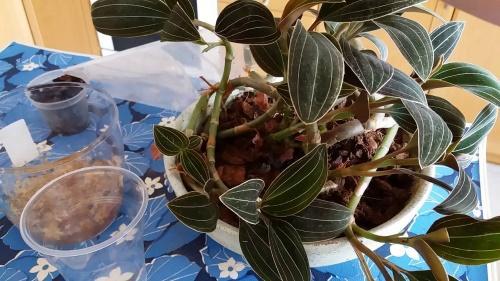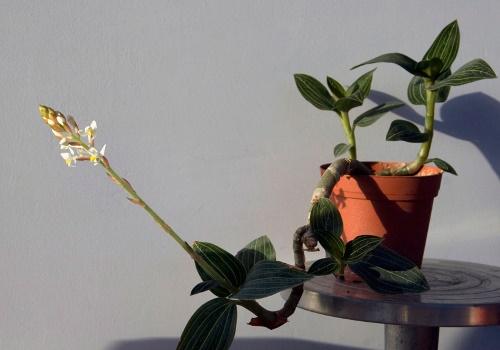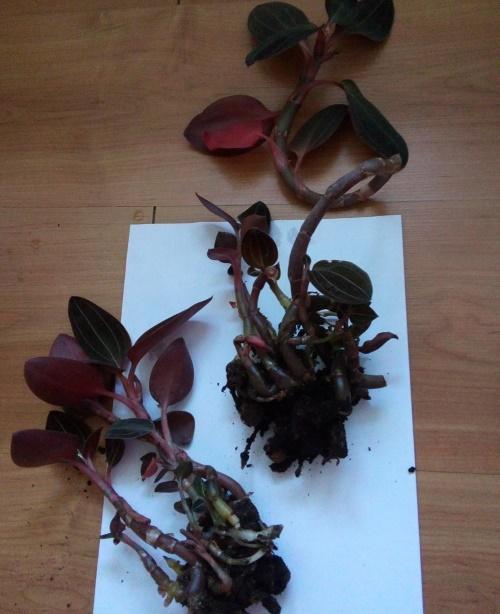Reproduction of the ludisia orchid: three easy ways to get new plants
 Reproduction of the ludisia orchid is somewhat easier than that of phalaenopsis, due to the peculiarities of its structure. Also an epiphyte, in the wild it grows both on the ground and on moss-covered cave walls and rocks. It will not please with large foliage and chic peduncles, but the twisting stems with painted small leaves are charming in their own way.
Reproduction of the ludisia orchid is somewhat easier than that of phalaenopsis, due to the peculiarities of its structure. Also an epiphyte, in the wild it grows both on the ground and on moss-covered cave walls and rocks. It will not please with large foliage and chic peduncles, but the twisting stems with painted small leaves are charming in their own way.
Characteristic features of ludisia

Each leaf is capable of living up to 7 years. After dying off, a ring-shaped scar remains on the stem.
Ludisia is known as the precious orchid. So it was named for the small pinkish flowers that look like pearls from afar. They bloom on the tops of long, up to 25 cm, peduncles. Orchid bloom can be called inconspicuous, but it comes in winter, when most plants have a dormant period.
Reproduction of ludisia
The presence of developed powerful stems and a short but branched rhizome leaves no doubt that the orchid reproduces well vegetatively. You can get a young plant in one of the following ways:
- By dividing the bush. In the spring, after the end of flowering, you can divide the overgrown ludisia. It is better to do this no more than once every 2-3 years so that the bush remains lush. Each division must have at least three branch shoots. They can be immediately planted in a permanent place in a pot.

- Apical cuttings. For rooting, you need to prepare young cuttings, cut from the tips of the shoots. Each should have 2 nodes and a pair of leaves. Slices should be sprinkled with crushed coal. It is better to root them in wet moss in the greenhouse. It is also possible in the water.

- Stem cuttings. Over time, the leaves of the ludisia fall and the shoots become bare. They can be used for reproduction by cutting them into shanks about 10 cm long. Unlike apical cuttings, stem cuttings take root lying, but also on moss. You just need to put them on the moss without closing the top.

You can cut ludisia at least all year round. However, the most active root formation is observed in the period from mid-spring to early summer (including June).